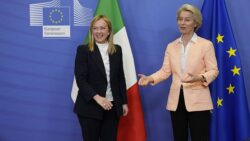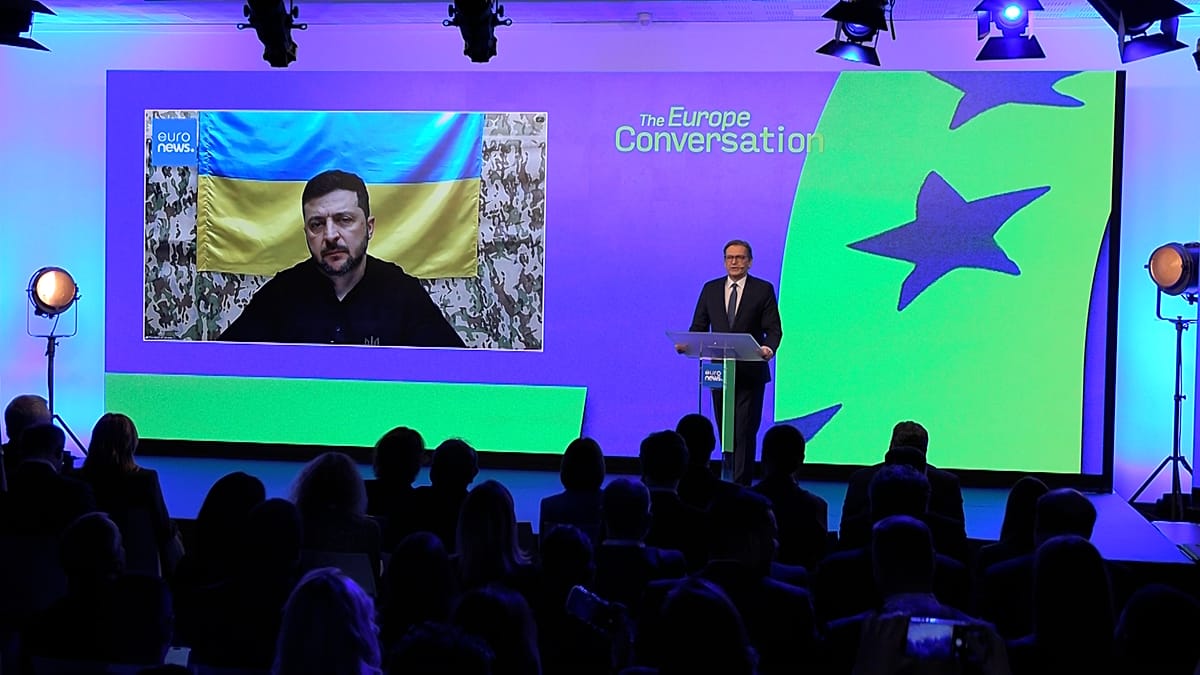“It’s mathematical. It’s scientific. Some projects won’t be completed by 2026.” With these blunt words, Italy’s Minister for European Affairs Raffaele Fitto confirmed in late March what many in Rome and Brussels had been dreading for months.
Italy is indeed struggling to spend the EUR191 billion it secured from the European Union through the Recovery Fund, an unprecedented EUR672-billion programme launched in 2020 to help member states get back on track after the COVID-19 pandemic.
Italy obtained the largest portion of those funds, but the country is now running behind due to its elephantine bureaucracy, limited human resources, and a general administrative and political system unfit to manage such a vast task.
A well-known problem
Although widely reported by the media and public spending watchdogs, Italy’s difficulties in managing the Recovery Fund’s resources became undeniable on March 27. That’s when the European Commission decided to postpone by a month the disbursement of the third installment of the plan, worth EUR19 billion, in order to have more time to assess whether the country satisfied all the conditions required to unlock the funds.
The following day, the National Court of Auditors published its biannual progress report for the “National Recovery and Resilience Plan” (PNRR), the document which details how Italy plans to spend the funds received from the EU, listing all the scheduled reforms and investments.
According to the report, Italy has so far spent EUR23 billion, just over a third of the EUR67 billion already received.
That’s not enough: previous estimates banked on the country having spent at least EUR40 billion by now, and the Court forecasted that at the end of the year, expenses will remain EUR15 billion lower than what was initially planned.
In early February, Italy’s Minister for the Economy and Finance Giancarlo Giorgetti said that the country would need an extra year to spend all the money, suggesting it should be allowed to have until 2027 to complete the works.
Since taking office last October, Prime Minister Giorgia Meloni has been talking about the need to review the PNRR, inherited from the previous government led by Mario Draghi, claiming that the high inflation rates and the consequences of the war in Ukraine have changed the landscape in unforeseen ways. Changing the terms of the PNRR is technically possible, but it would require a new round of negotiations with European institutions.
In the meantime, the clock keeps ticking.
Broken bureaucracy
One of the main reasons for the delays is the Italian bureaucratic machinery, whose infamously slow and complex procedures are unfit to manage such a large amount of resources in such a short time.
Smaller municipalities are especially struggling to keep up with the demands of the PNRR.
“There is a huge gap between larger cities, which can count on more resources, and small towns, whose administrative offices are often understaffed and lack the technical skills needed to follow complex projects,” Mario Conte, president of the Veneto branch for the National Confederation of Local Authorities (Anci) and Mayor of Treviso, told Euronews.
Furthermore, “apart from the PNRR, local municipalities also need to attend to their day-to-day duties, which also demand a lot of time and effort,” Conte added.
In many cases, the amount of EU funds received by local municipalities is higher than their average annual budget. Treviso, for instance, usually manages EUR90 million per year, and it should receive a total of EUR104 million from the PNRR: “We are basically doubling up our budget, but we still have the same amount of people to manage it,” Conte told Euronews.
Unable to keep up with the tight deadlines and the bureaucratic procedures, some districts have already decided to forgo part of the funds.
Castenaso, a 16,000-people town close to Bologna, turned down a EUR4 million grant to build a new facility for roller sports. “When we applied for the funds, we didn’t have a detailed project,” Castenaso’s Mayor Carlo Gubellini told Euronews.
“After being selected we studied the matter more in-depth, and realised that the allocated funds were not enough and that the deadlines were too tight.” However, Castenaso is currently moving forward with several projects financed by the PNRR.
The issues, from stadiums to trees
Apart from the difficulties experienced by smaller municipalities, Italy’s PNRR is also dealing with technical problems on a higher level.
Last month, the European Commission questioned the decision to allocate almost EUR150 million to two sports projects: the renovation of the “Artemio Franchi” football Stadium in Florence, built in the 1930s, and the building of a new sports centre in Venice.
According to the Commission, these projects wouldn’t help to improve their respective areas and thus wouldn’t benefit the general public, an indispensable requirement for all the initiatives funded through European money.
The Florence stadium would have 40,000 seats and should cost EUR194 million, EUR55 million of which are expected to come from the PNRR. The Venice sports centre would include a 16,000-seats stadium, an arena for indoor sports, and other social venues for a total cost of EUR283 million, about a third of which – EUR93.5 million – coming from the PNRR.
These projects were not included in the original version of the Plan presented by Draghi’s government in 2021, but were detailed in April 2022 as part of the “Integrated Urban Plans,” a list of specific interventions to be carried out in Italy’s largest cities with resources from the Recovery Fund. At the moment, the future of the two sports facilities in Florence and Venice remains unclear, and it’s possible that they will be excluded from EU-funded programmes.
In the meantime, Rome and Brussels have also been quarreling over another issue: trees.
Italy allocated EUR330 million for planting 6.6 million trees in 14 cities by 2024 through the PNRR, with 1.7 million by the end of 2022. The initiative is meant to reduce air pollution and improve green areas in urban settings, but planting millions of trees is proving to be easier said than done.
In a report released last month, the Court of Auditors certified several delays, highlighting that in many cases the “trees” were not actual trees but just seeds in glasshouses, and that many of the trees that were planted are already withered.
The European Commission is currently gathering further evidence on Italy’s progress with the PNRR, and should soon provide updates about the disbursement of the third installment of the plan.
This case seems to show that it is apparently easier to obtain EUR191 billion from the European Union than actually spend it.





